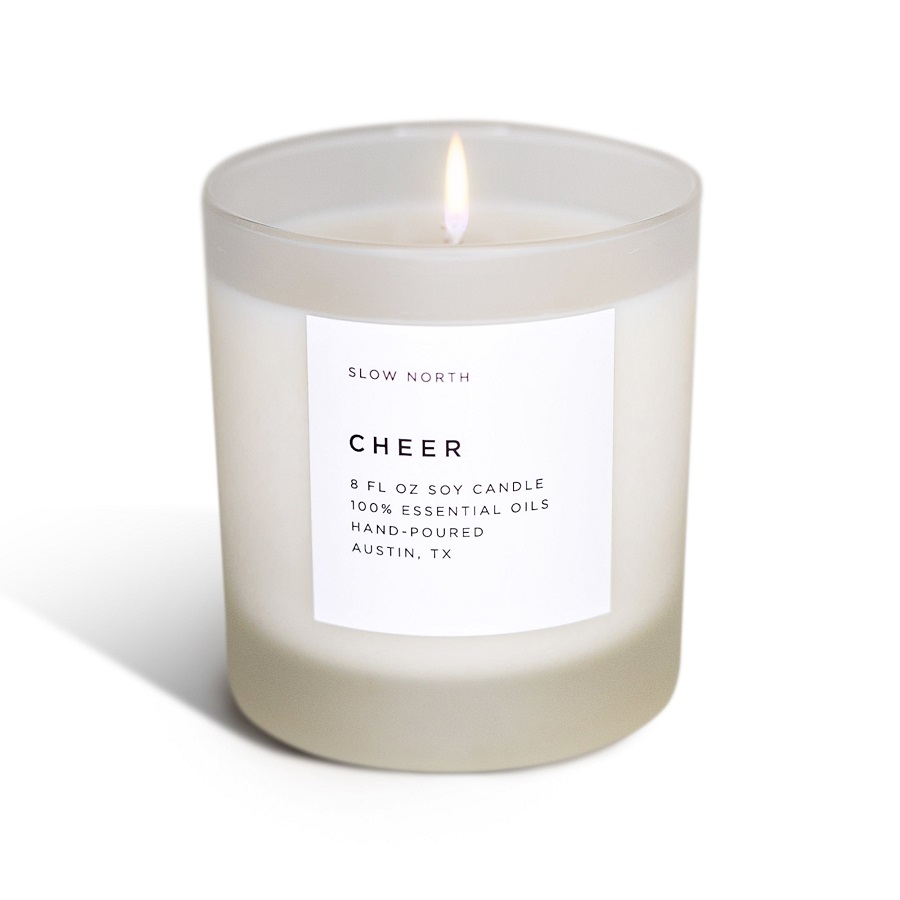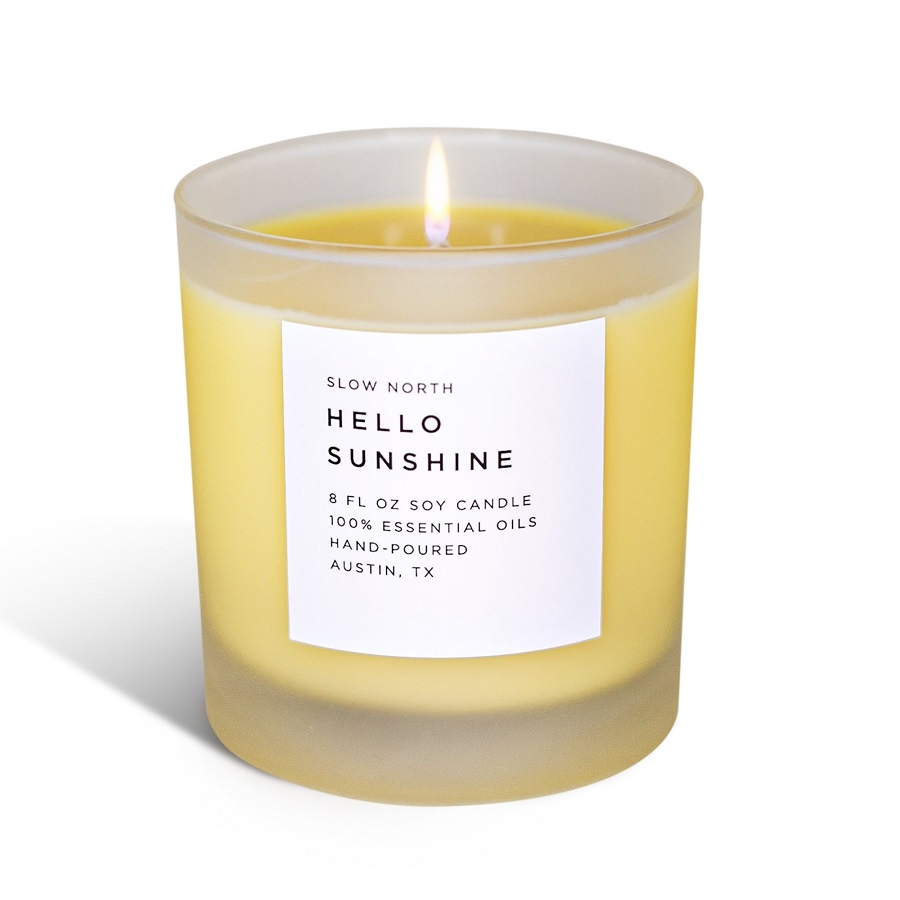Introduction to Bath & Body Works Candles
Bath & Body Works offers a range of scented items. Their candles, known for pleasant aromas, add a cozy feel to any home. However, there’s a growing concern about the safety of these popular products. The question arises: are Bath and Body Works candles toxic?
Popular Products and Rising Safety Concerns
Customers love Bath & Body Works for their scented candles. With various fragrances, they’re a hit during sales and gifting seasons. Despite their popularity, reports of potential toxicity raise alarm. Ingredients in these candles may pose health risks. Articles and studies suggest harmful chemicals could be lurking in these scented items. This has led to increased scrutiny and calls for safer candle alternatives.

Key Ingredients in BBW Candles
The Use of Paraffin Wax and Its Implications
Bath & Body Works candles often contain paraffin wax. This type of wax comes from petroleum. When burned, it releases harmful chemicals into the air. Some of these can cause cancer or breathing problems. Health experts warn against regular use. People are searching for healthier alternatives.
Soy and Vegetable Wax: Composition and Health Aspects
Some BBW candles use soy or vegetable wax. These waxes come from natural oils like soy, coconut, or palm. They tend to burn cleaner than paraffin. This means fewer toxic chemicals in the air. However, the farming of palm and soy can harm the environment. It can lead to deforestation and habitat loss.
Synthetic Fragrance: Understanding the Risks
Synthetic fragrances in candles can be harmful. They may contain phthalates. Phthalates can disrupt hormones and cause other health issues. Often, companies don’t list the specific chemicals used. This lack of transparency makes it hard to know the real risks. Consumers should be cautious of products with ‘fragrance’ on labels.
Health Risks Associated with Candle Emissions
When candles burn, they emit substances that can harm our health. These emissions include particulate matter and volatile organic compounds.
Short and Long-Term Effects of Indoor Air Pollution
Indoor air pollution from candles can cause immediate issues like headaches and asthma attacks. It can also lead to long-term health problems, including respiratory diseases and cancer.
Specific Dangers to Children, Pets, and Sensitive Populations
Candles can be more dangerous for children, pets, and those with sensitivities. They can experience worsened symptoms from candle emissions. It’s important to use candles safely around them.
Are Scented Candles Ever Safe?
Addressing safety concerns, it’s possible to enjoy scented candles that don’t compromise health. Not all emit harmful chemicals. Non-toxic alternatives do exist, offering a safer way to scent your space.
Alternatives to Paraffin Wax
Consumers can opt for candles made from safer materials than paraffin wax. Soy, beeswax, and coconut wax are top choices. They release fewer toxins when burned. These options support healthier indoor air quality.
Recognizing Non-Toxic Candles
Identifying non-toxic candles requires carefully reading labels. Look for candles made with natural waxes and free of synthetic fragrances. Essential oils can provide scent without the danger of toxins. Brands transparent about ingredients are more trustworthy.
Safety Tips for Candle Usage
Safe usage of candles is paramount, especially when concerns about toxic ingredients arise. By following certain practices, you can reduce potential hazards and enjoy candles more securely.
Proper Ventilation and Wick Maintenance
Ensuring proper ventilation is crucial when burning candles. Open windows or use fans to circulate air. This minimizes the accumulation of pollutants. Regularly trimming the candle wick to 1/8 inch before lighting is also essential. A trimmed wick reduces soot and smoke, leading to cleaner burning. Always remove debris or trimmings from the candle wax pool to prevent fires.

Recommendations for Reducing Exposure
To further reduce exposure to potential toxins, consider these tips:
- Limit Burning Time: Don’t burn candles for extended periods. Shorter sessions lessen the release of chemicals.
- Use Candles Sparingly: Opt for occasions rather than daily use. This minimizes indoor air pollution.
- Choose Safer Alternatives: When possible, select candles made from soy, beeswax, or coconut wax. These are believed to produce fewer harmful emissions.
- Avoid High-Traffic Areas: Place candles in areas where people spend less time. This reduces inhalation of any possible toxins.
- Prefer Non-Scented Candles: If sensitivity is a concern, choose unscented options.
- Educate Yourself on candle ingredients and seek brands with greater transparency.
By incorporating these practices, you’ll help ensure a safer and healthier environment for yourself, your family, and your pets.
Environmental Impact of Mass-Produced Candles
Sustainability Issues with Ingredients
Mass-produced candles, like those from Bath & Body Works, often involve materials that raise sustainability concerns. Paraffin wax, a common ingredient, comes from non-renewable petroleum. The production of soy and palm oils for vegetable waxes often leads to deforestation and habitat destruction. These activities threaten wildlife and contribute to climate change. Moreover, the use of synthetic fragrances and dyes can introduce harmful chemicals into the environment. Consumers should consider the entire lifecycle of candle ingredients for a true assessment of their environmental impact.
Examining the Ecological Footprint
Evaluating the ecological footprint of candles includes more than just the end product. It encompasses the extraction of raw materials, manufacturing processes, and the shipping of the final product. All these stages involve energy consumption and carbon emissions. Additionally, the packaging of candles often involves plastics or non-recyclable materials. The disposal of candle remnants and containers can further add to landfill waste. Choosing candles made with eco-friendly materials and responsible production practices can help reduce this footprint.
Transparency and Greenwashing in the Candle Industry
In the world of retail, honesty is crucial, especially regarding what goes into our products. For conscious consumers, transparency about ingredients used in candles like those sold at Bath & Body Works is not just important, it’s a necessity for maintaining health and safety.
The Importance of Ingredient Disclosure
Complete disclosure of candle ingredients helps consumers make informed decisions. It allows individuals to avoid components that may trigger allergies, contribute to health problems, or simply go against their personal ethics. Brands that are forthright about their ingredients respect their customers and recognize the value of trust.
Companies should list all contents, including waxes, fragrances, and dyes. This transparency ensures customer confidence and protects sensitive groups, like children and pets, from potential hazards.

Misleading Marketing Tactics concerning ‘Green’ Claims
Unfortunately, some brands use ‘green’ terms to market products that are not truly eco-friendly, a practice known as greenwashing. It can mislead customers into believing they are purchasing health and environmentally conscious products. It is important to research and verify the sustainability claims of companies.
Bath and Body Works candles often feature fragrances labeled as ‘clean’ or ‘natural.’ However, without knowing the exact ingredients, these labels can be deceiving. Being aware of greenwashing can help consumers avoid marketing traps and choose candles that are genuinely safer for people and the environment.
Consumers should critically assess product labels and seek out independent reviews and research before making a purchase. This diligence ensures that the candles brought into the home are as non-toxic and environmentally responsible as the marketing suggests.


